Home>Garden Essentials>What Are The Synthetic Turf Grass Problems


Garden Essentials
What Are The Synthetic Turf Grass Problems
Modified: March 7, 2024
Discover the common problems associated with synthetic turf grass in gardens and how to overcome them. Get expert tips for maintaining a lush and durable garden turf.
(Many of the links in this article redirect to a specific reviewed product. Your purchase of these products through affiliate links helps to generate commission for Storables.com, at no extra cost. Learn more)
Introduction
Gardening enthusiasts and homeowners alike often find themselves faced with the decision of choosing between natural grass and synthetic turf for their outdoor spaces. While synthetic turf offers a range of benefits, including low maintenance and year-round lushness, it is important to acknowledge the potential problems that may arise with its use.
In this article, we will explore the synthetic turf grass problems that one should be aware of before making a decision. Understanding these issues can help you make an informed choice and ensure that your garden or outdoor space remains vibrant and healthy for years to come.
Key Takeaways:
- Synthetic turf may look lush, but it lacks the natural feel of real grass, and can get uncomfortably hot in the sun. Consider if the trade-offs are worth the convenience.
- While synthetic turf offers low maintenance, it comes with a high initial cost and environmental concerns. Consider your priorities and long-term financial implications before making a decision.
Lack of Natural Feel
One of the primary drawbacks of synthetic turf is the lack of a natural feel underfoot. While it may look lush and green from a distance, the texture and sensation of walking or lying on synthetic turf is vastly different from that of real grass. The synthetic fibers used in the production of turf can feel artificial, giving a slightly plastic or rubbery sensation.
For many people, the tactile experience of walking or playing on real grass is an important aspect of spending time in the garden. The softness, coolness, and natural bounce of natural grass cannot be replicated by synthetic turf, no matter how advanced the technology behind it.
Furthermore, the lack of a natural feel can also extend to the overall appearance of the turf. While it may look visually appealing from a distance, upon closer inspection, the synthetic fibers can have a flat and uniform appearance, lacking the varying textures and shades found in natural grass.
Despite advancements in technology aimed at improving the realism of synthetic turf, there is still a noticeable difference between the two. It is important to consider whether the loss of the natural feel and texture of real grass is a compromise you are willing to make in exchange for the convenience and low maintenance of synthetic turf.
Heat Retention
Another synthetic turf grass problem is its tendency to retain heat. Synthetic turf is made of materials that absorb and retain heat, making it significantly hotter than natural grass during hot weather conditions.
This heat retention can have several adverse effects. First and foremost, it can make the surface uncomfortable to walk or play on, especially barefoot. The heat can radiate from the turf, creating an unpleasant and potentially dangerous environment, particularly for children and pets.
Moreover, the elevated temperature of the synthetic turf can contribute to an increase in the ambient temperature of the surrounding area, creating what is known as an urban heat island effect. This can have a negative impact on the overall climate and energy consumption of the space, as well as affecting nearby plants and wildlife.
Efforts have been made to address this issue by incorporating technologies such as cooling infills or reflective coatings in synthetic turf production. While these solutions can help mitigate the heat retention to some extent, they may also add to the overall cost and maintenance requirements of the turf.
It is worth considering whether the potential heat retention of synthetic turf is a concern for your specific garden or outdoor space, especially if it is prone to hot temperatures or if you have children and pets who will be spending time on the turf.
Infill Migration
Infill migration is another common problem associated with synthetic turf grass. Infill refers to the layer of material that is used to fill the space between the synthetic turf blades. This infill is typically made of sand or rubber particles and serves multiple purposes, including providing stability, cushioning, and aiding in drainage.
Over time, infill materials can migrate or shift within the turf, causing unevenness and potential tripping hazards. In areas with heavy foot traffic or intense weather conditions, such as high winds or heavy rain, the infill can be displaced more easily. This can lead to patches of sparse or uneven turf, compromising the overall aesthetic and functionality of the synthetic lawn.
To mitigate infill migration, regular maintenance and reapplication of infill may be required. This can involve brushing or raking the turf to redistribute the infill evenly and ensure a consistent surface. However, frequent maintenance can be time-consuming and may add to the overall maintenance requirements of synthetic turf.
It is important to consider the potential for infill migration and the associated maintenance tasks when deciding whether to opt for synthetic turf. If you prefer a low-maintenance solution, natural grass may be a more suitable choice for your outdoor space.
Limited Lifespan
An important consideration when it comes to synthetic turf grass is its limited lifespan compared to natural grass. While natural grass can regenerate and grow indefinitely with proper care, synthetic turf has a finite lifespan and will eventually deteriorate over time.
The lifespan of synthetic turf can vary depending on factors such as the quality of the materials used, the level of foot traffic, and the intensity of weather conditions. On average, synthetic turf can last anywhere from 10 to 20 years before needing to be replaced.
Over time, the synthetic fibers of the turf can become worn and damaged, losing their color, resilience, and overall appearance. This can result in a less attractive and less functional surface, impacting the overall enjoyment of the outdoor space.
Moreover, certain environmental factors, such as extreme heat, UV exposure, and heavy rains, can accelerate the deterioration of synthetic turf. These conditions can cause the fibers to break down or become discolored, further shortening the lifespan of the turf.
While the long-term durability of synthetic turf has improved over the years, it is important to take into account the limited lifespan of the product when making a decision. Consider how long you intend to live in your current home, as well as your willingness to invest in future replacements, before opting for synthetic turf over natural grass.
Regular maintenance and proper drainage are key to preventing common synthetic turf grass problems such as compaction, infill migration, and drainage issues. Regularly brushing and aerating the turf can help prevent these issues.
Read more: What Is Synthetic Grass Made Of?
Maintenance Requirements
Maintenance is an inevitable part of owning a garden or outdoor space, and synthetic turf grass is no exception. While synthetic turf requires less maintenance compared to natural grass, it still requires regular upkeep to ensure its longevity and aesthetic appeal.
One of the primary maintenance tasks for synthetic turf is regular cleaning to remove debris, such as leaves, dirt, and pet waste. This can be done by simply using a rake or a leaf blower to keep the surface clean and free from any obstructions.
In addition, brushing or raking the turf on a regular basis is important to help maintain its upright appearance and prevent matting. This helps to distribute the infill evenly and ensure a consistent texture and appearance across the surface.
Furthermore, synthetic turf may require periodic watering to keep it clean and prevent any buildup of dust or dirt. This can be done using a hose or sprinkler system, although the frequency and amount of water required will depend on factors such as local weather conditions and the intensity of usage.
Another important maintenance task is addressing any potential repairs or damage to the turf. This can involve patching or replacing sections of the turf that have become worn or damaged over time. It is crucial to address any repairs promptly to prevent further deterioration and maintain the overall integrity of the turf.
While synthetic turf requires less intensive maintenance compared to natural grass, it is important to consider the time, effort, and cost involved in its upkeep. If you prefer a lower maintenance option, natural grass may be a more suitable choice for your outdoor space.
Environmental Concerns
While synthetic turf may seem like an eco-friendly alternative to natural grass due to its low water and pesticide requirements, there are important environmental concerns associated with its use.
One of the main concerns is the materials used in the production of synthetic turf. Many synthetic turfs are made from petroleum-based products, such as polyethylene or polypropylene, which are non-biodegradable and contribute to plastic waste. When synthetic turf reaches the end of its lifespan and needs to be replaced, it can end up in landfills, adding to the overall waste problem.
In addition, the production of synthetic turf requires energy-intensive processes, including petroleum extraction, refining, and manufacturing. This leads to carbon emissions and contributes to climate change. Furthermore, the process of installing synthetic turf often involves digging up and removing existing natural grass, disrupting the soil ecosystem and potentially impacting local habitats.
Moreover, synthetic turf may have a limited ability to absorb and filter rainwater compared to natural grass. This can lead to increased runoff and potential water pollution as the rainwater carries any contaminants or chemicals present on the turf surface. Natural grass, on the other hand, acts as a natural filtration system and helps to prevent water runoff and erosion.
It is crucial to consider the environmental impact of synthetic turf before making a decision. If sustainability and environmental conservation are important to you, exploring alternative landscaping options or choosing natural grass may be more aligned with your values.
High Initial Cost
One of the notable drawbacks of synthetic turf grass is its initial cost, which is generally higher compared to natural grass. The installation of synthetic turf involves various expenses, including the purchase of materials, labor costs, and site preparation.
The cost of the synthetic turf itself can vary depending on the quality, type, and brand chosen. Higher-quality and more realistic-looking turf tends to come with a higher price tag. Additionally, synthetic turf installation often requires professional assistance, adding to the overall cost of the project.
In contrast, natural grass requires much lower upfront costs. Grass seeds or sod are relatively inexpensive, and with proper nurturing and regular maintenance, natural grass can establish itself without the need for professional intervention.
It is important to consider the long-term financial implications when deciding between synthetic turf and natural grass. While synthetic turf may require less ongoing maintenance, the cost-saving benefits may take several years to offset the initial investment. On the other hand, natural grass requires ongoing maintenance costs, such as mowing, fertilizer, and irrigation, but the upfront cost is significantly lower.
Before opting for synthetic turf, assess your budget and priorities. Determine whether the benefits of synthetic turf, such as reduced maintenance and water consumption, justify the higher initial cost. Additionally, consider the lifespan of the turf and the potential need for replacement in the future, as this will affect the overall cost and return on investment.
Conclusion
When considering the choice between natural grass and synthetic turf, it is important to weigh the advantages and disadvantages of each option. While synthetic turf offers benefits such as low maintenance and year-round lushness, it is not without its problems.
The lack of a natural feel, heat retention, infill migration, limited lifespan, maintenance requirements, environmental concerns, and high initial cost are all factors to consider before deciding on synthetic turf. Each of these issues has its own implications and may affect your overall satisfaction with the turf and its impact on your garden or outdoor space.
On the other hand, natural grass provides a more authentic and natural experience, with its soft texture and ability to cool the surrounding area. It also has lower upfront costs and less environmental impact. However, it requires more maintenance, including regular mowing, watering, and fertilization.
Ultimately, the choice between natural grass and synthetic turf depends on your specific needs, preferences, and circumstances. Consider the climate conditions, your lifestyle, the amount of foot traffic in the area, and the level of maintenance you are willing to undertake before making a decision.
If you prioritize a low-maintenance and visually consistent outdoor space, and are willing to accept the trade-off of a less natural feel and potential environmental concerns, synthetic turf may be the right choice for you. However, if you value the authenticity and natural benefits of real grass, and are willing to invest time and effort in its upkeep, natural grass may be the more suitable option.
Ultimately, the decision is yours to make based on your personal preferences and priorities. Consider all the factors discussed in this article to make an informed choice that aligns with your vision for your garden or outdoor space.
Frequently Asked Questions about What Are The Synthetic Turf Grass Problems
Was this page helpful?
At Storables.com, we guarantee accurate and reliable information. Our content, validated by Expert Board Contributors, is crafted following stringent Editorial Policies. We're committed to providing you with well-researched, expert-backed insights for all your informational needs.
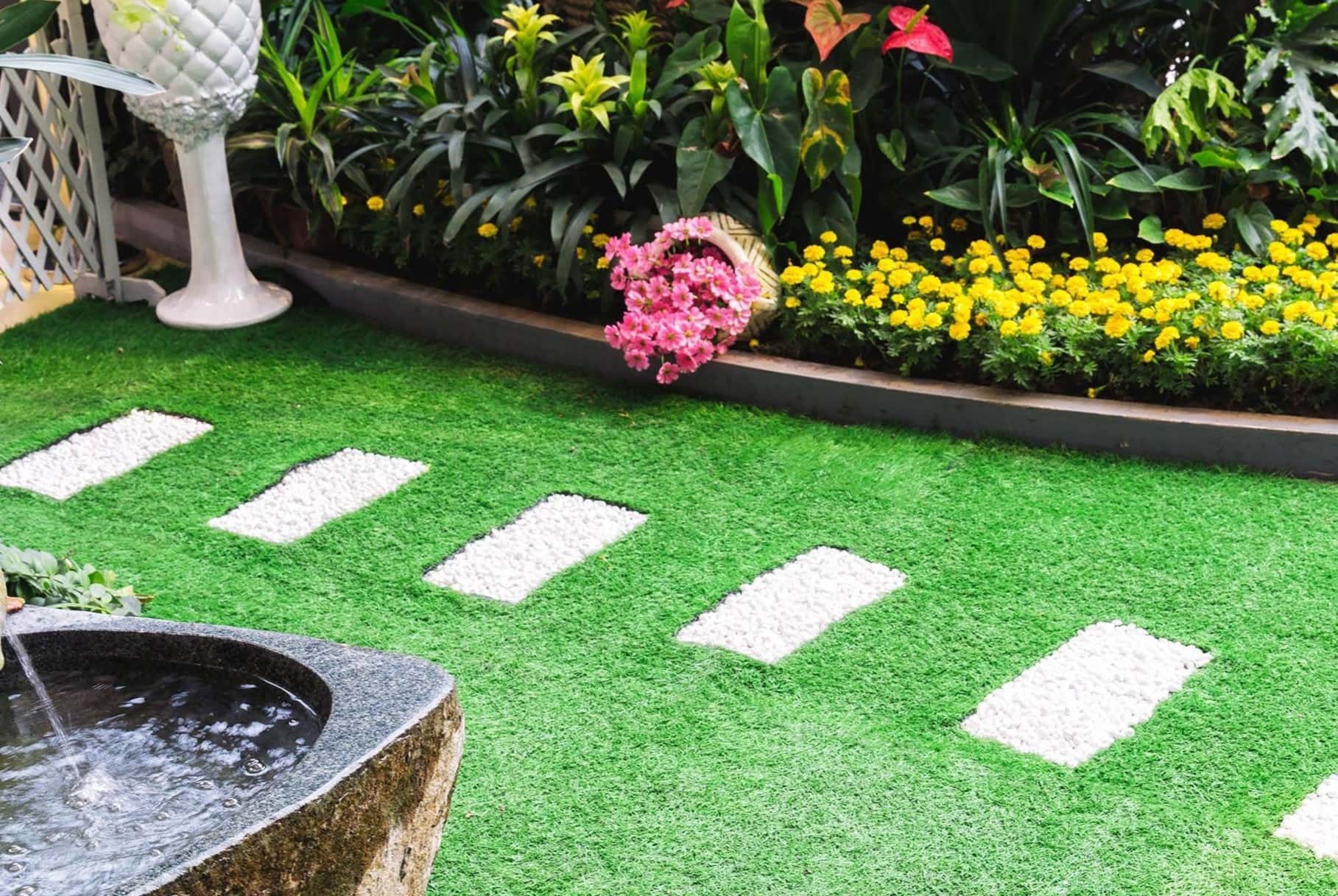
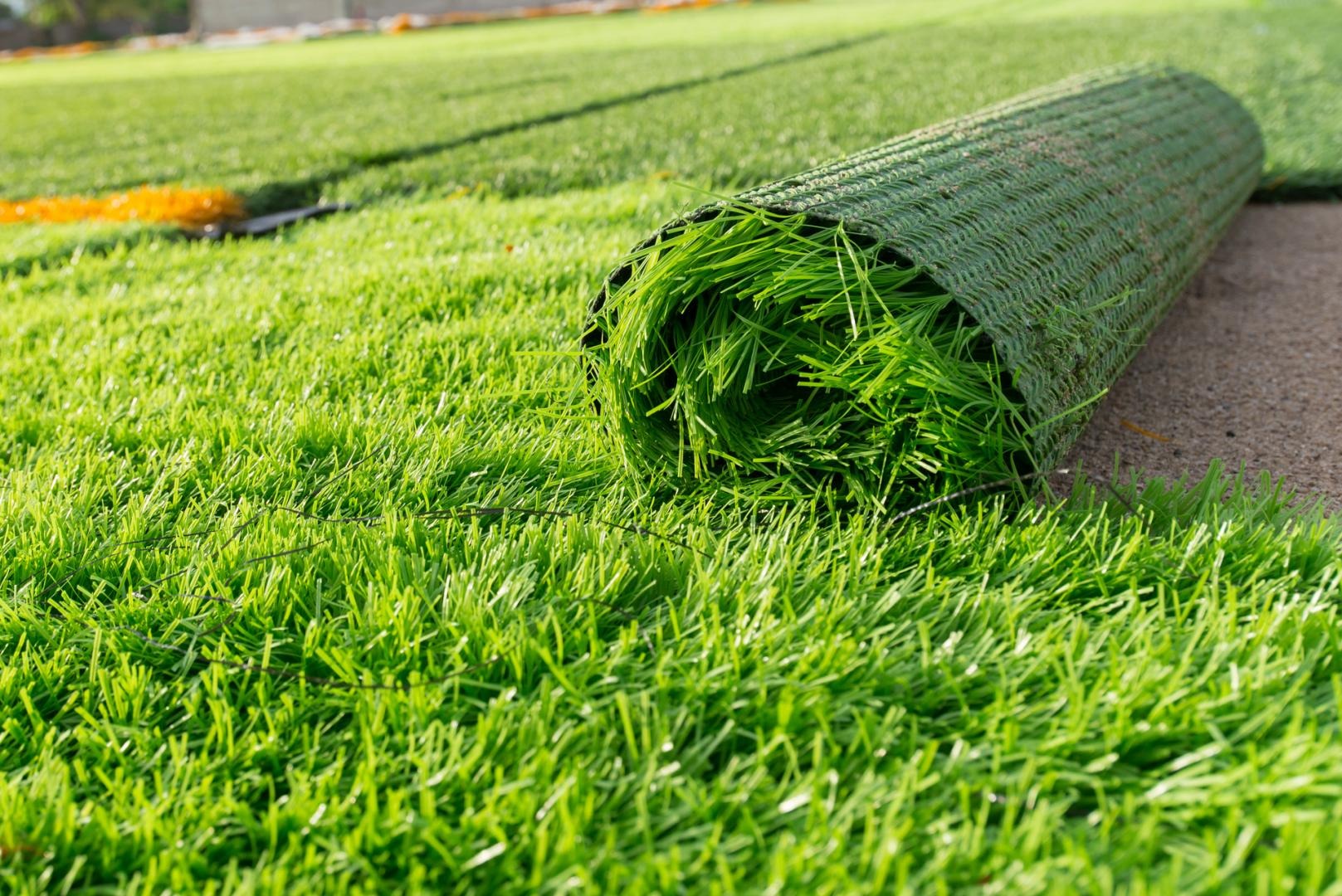
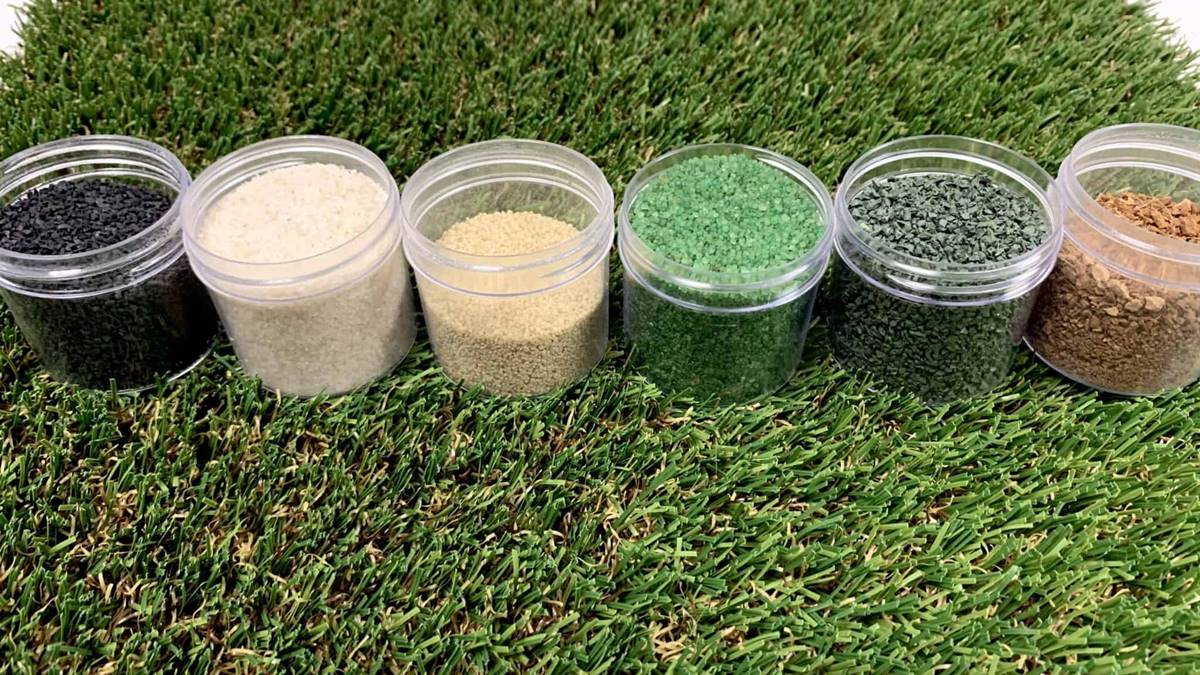
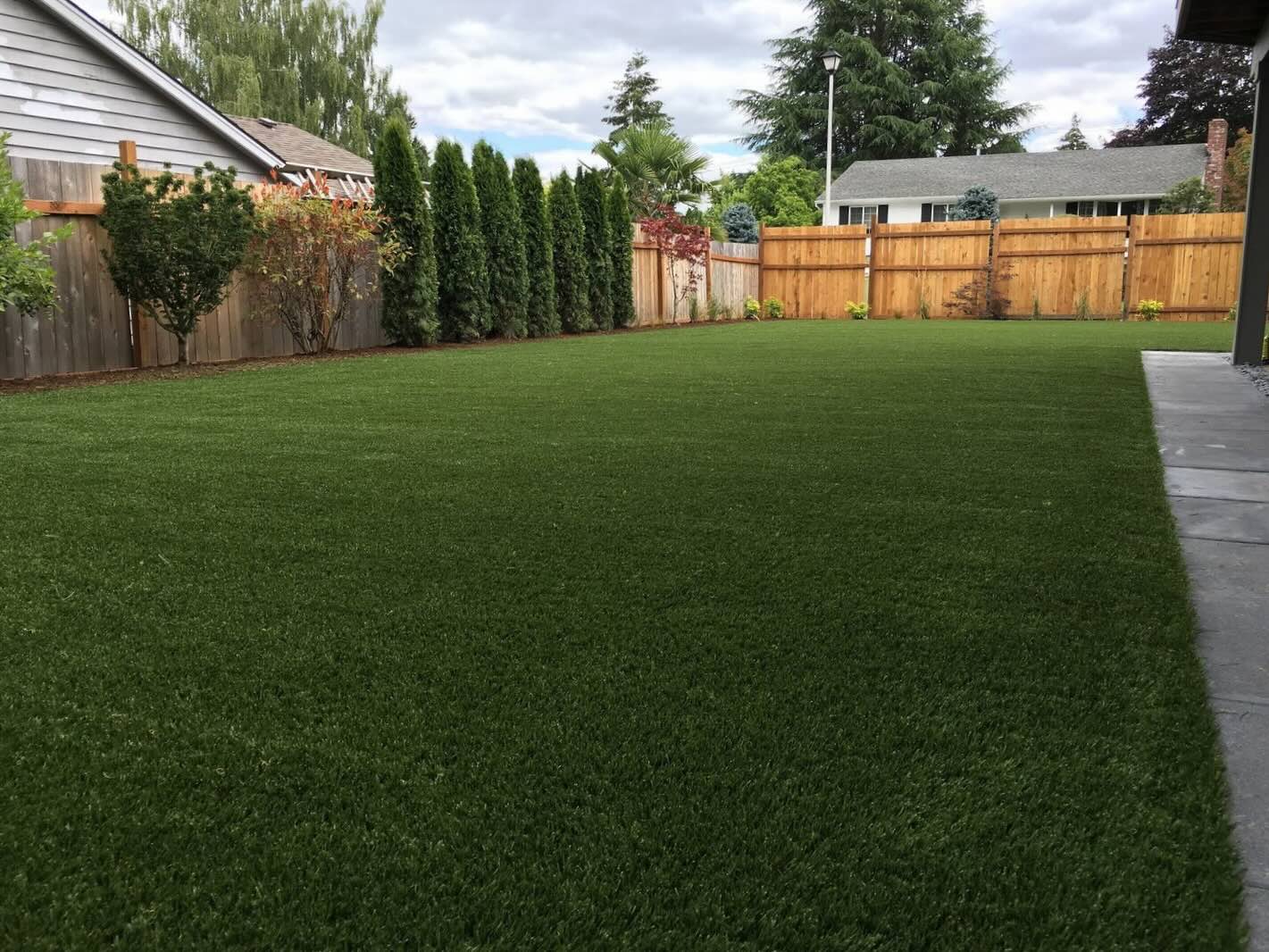
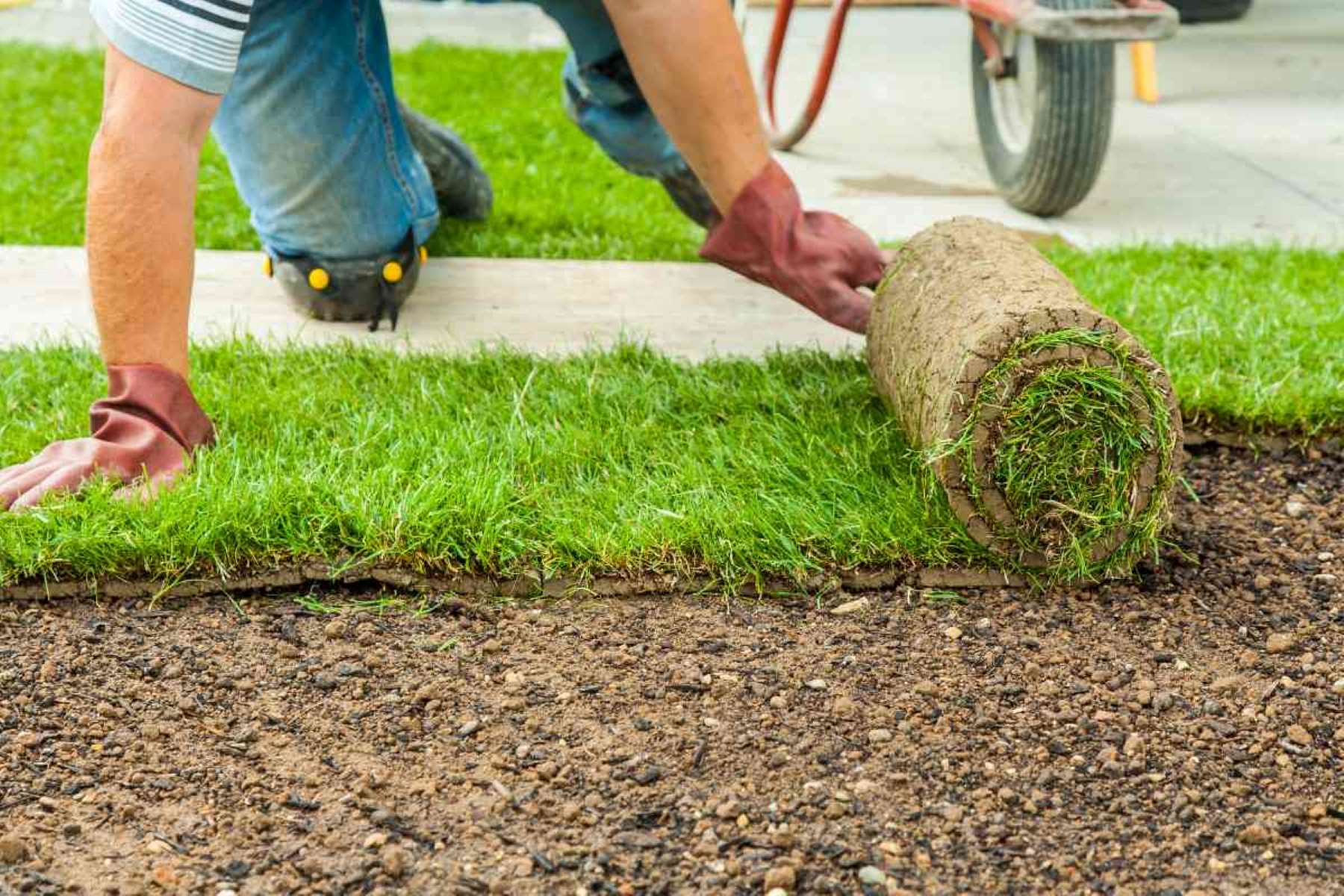
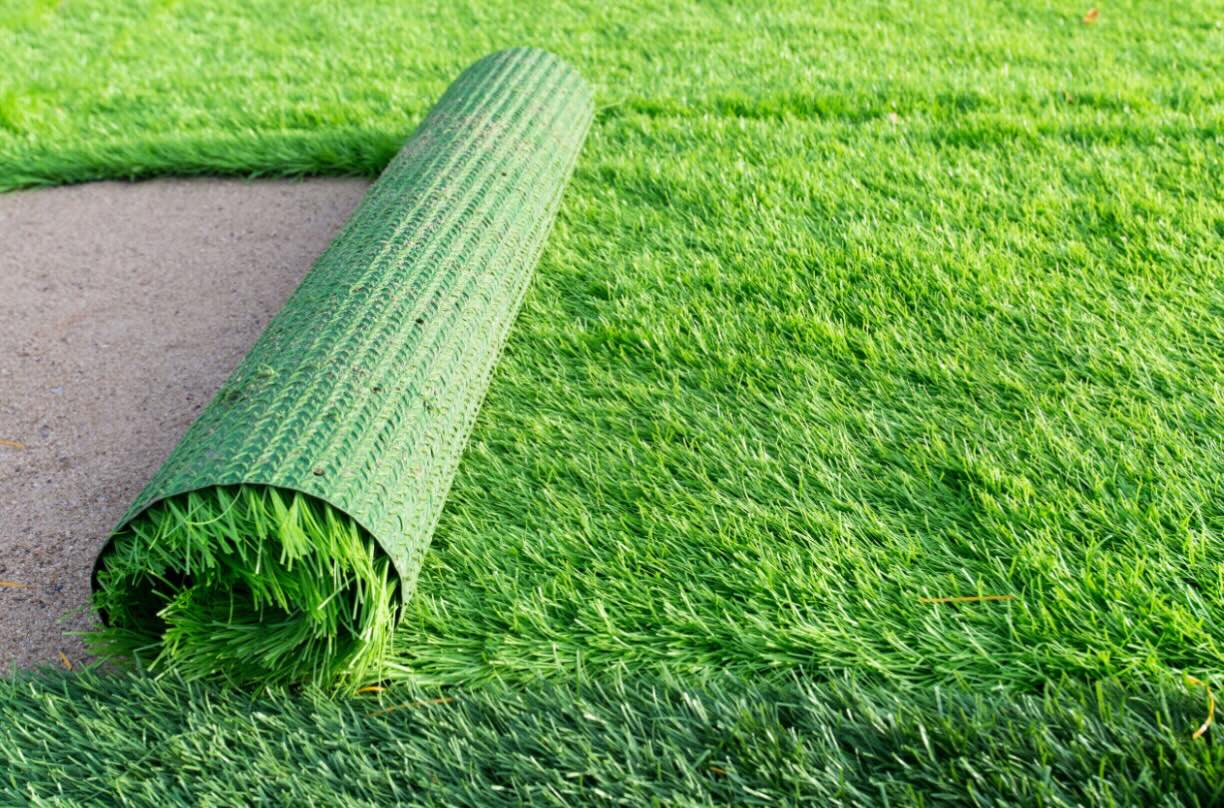
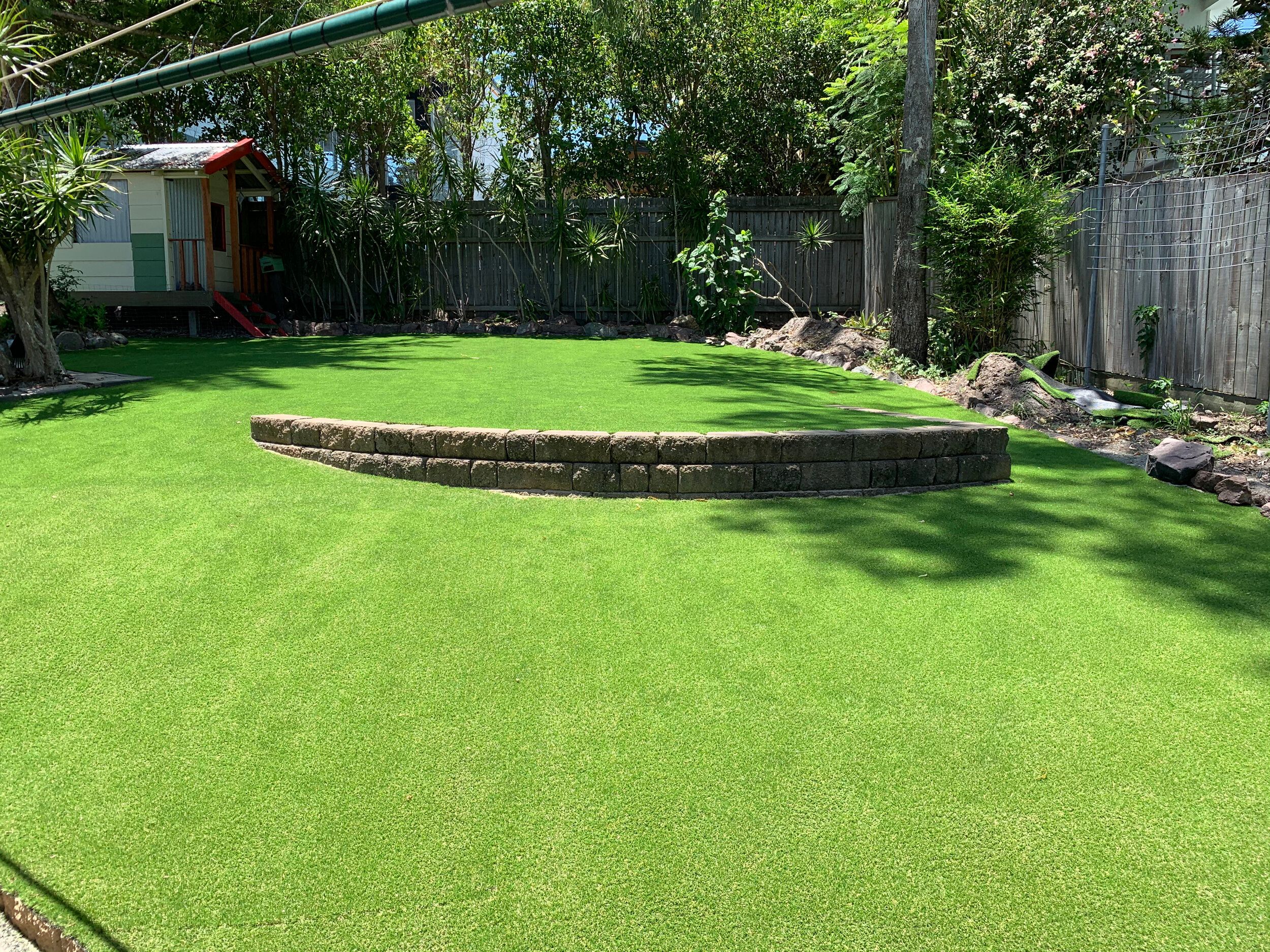
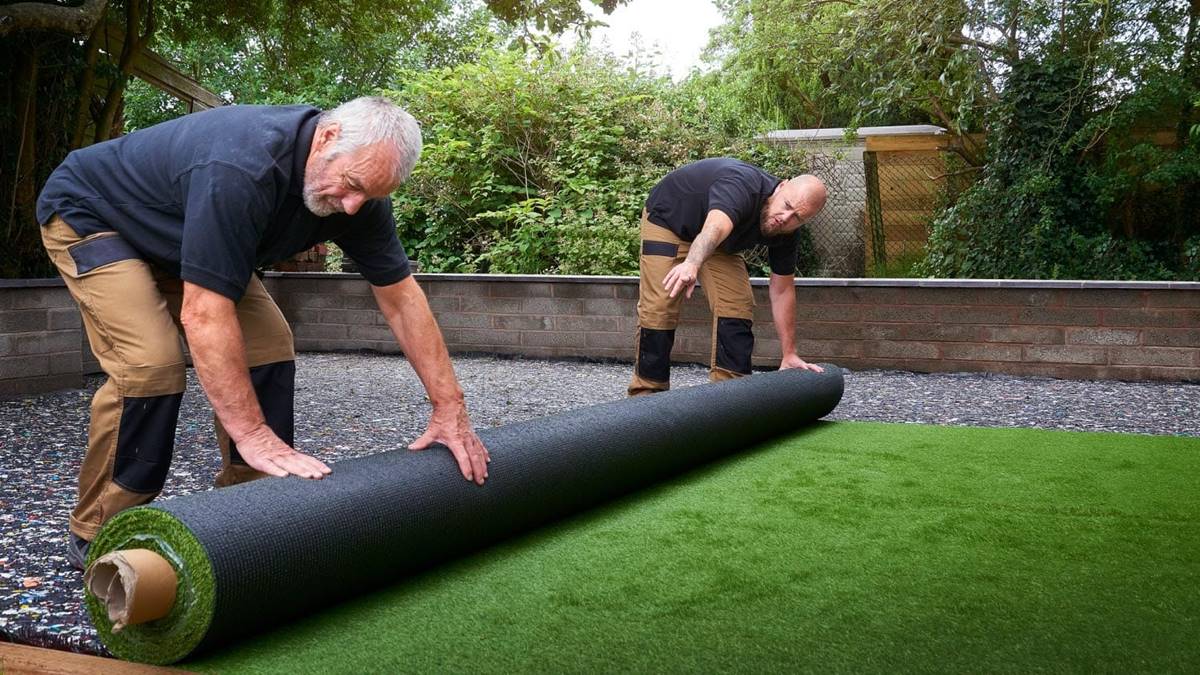
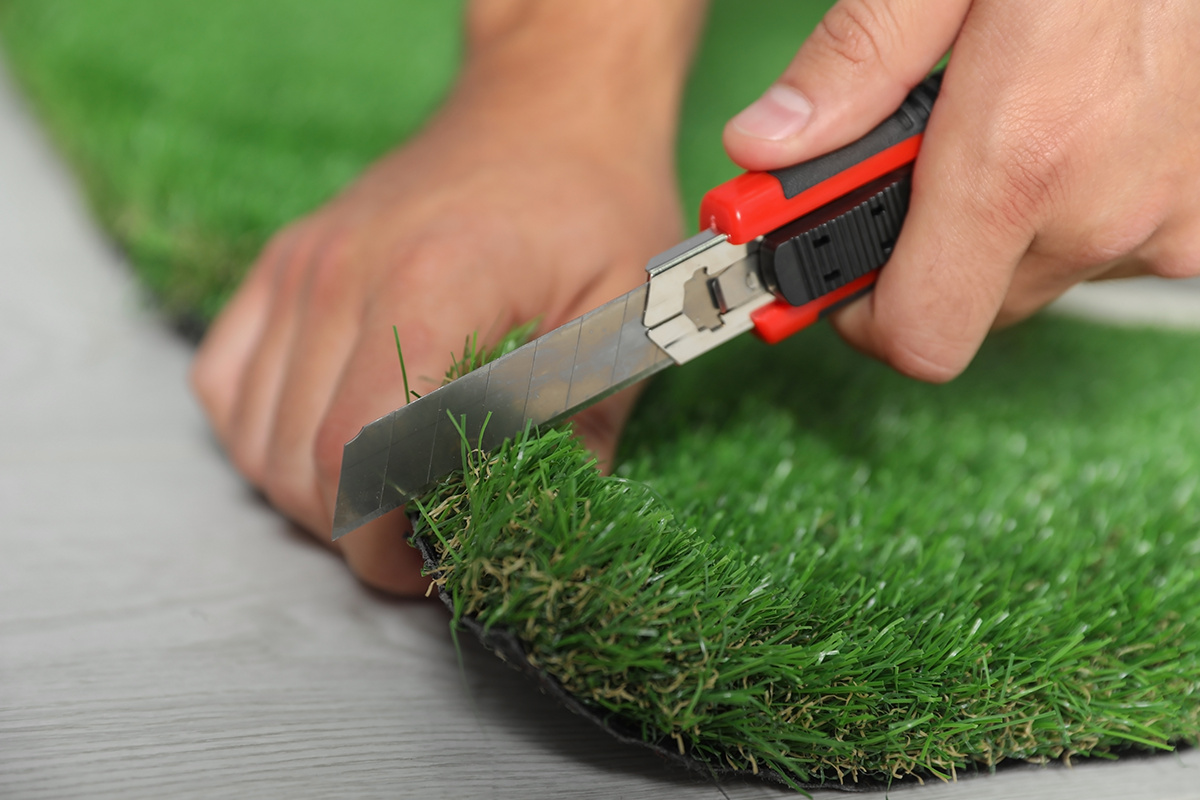
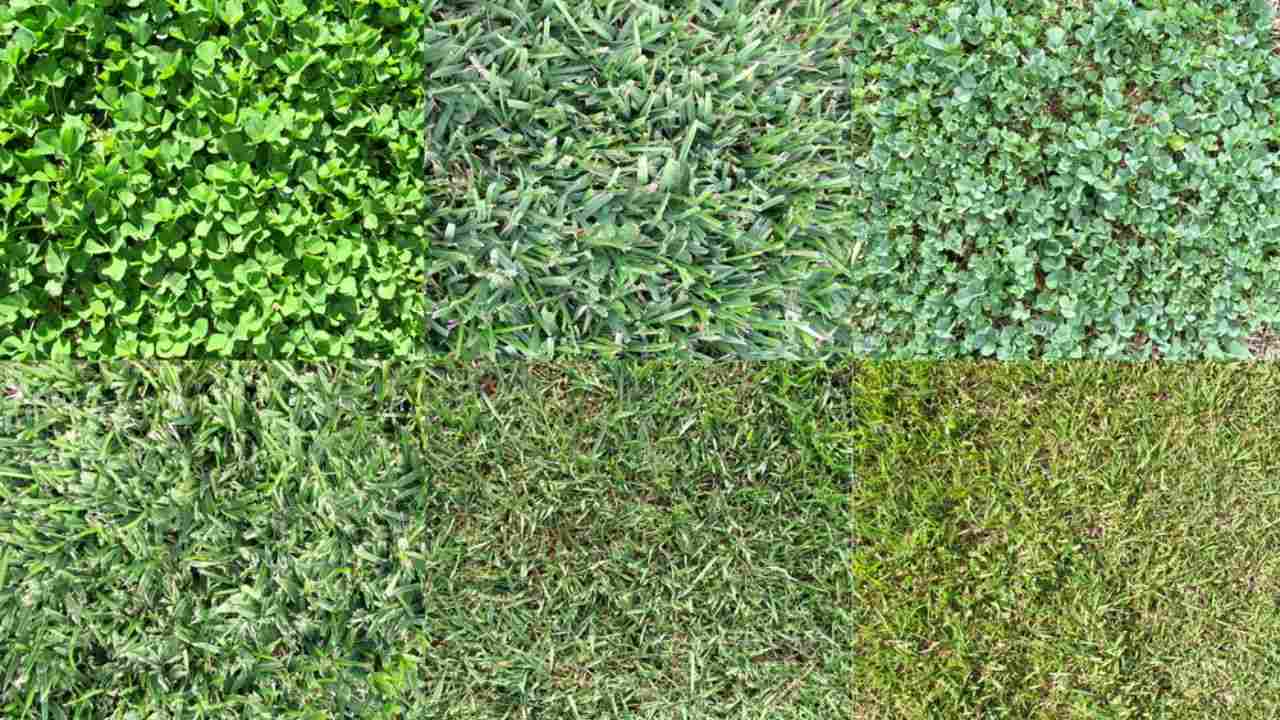
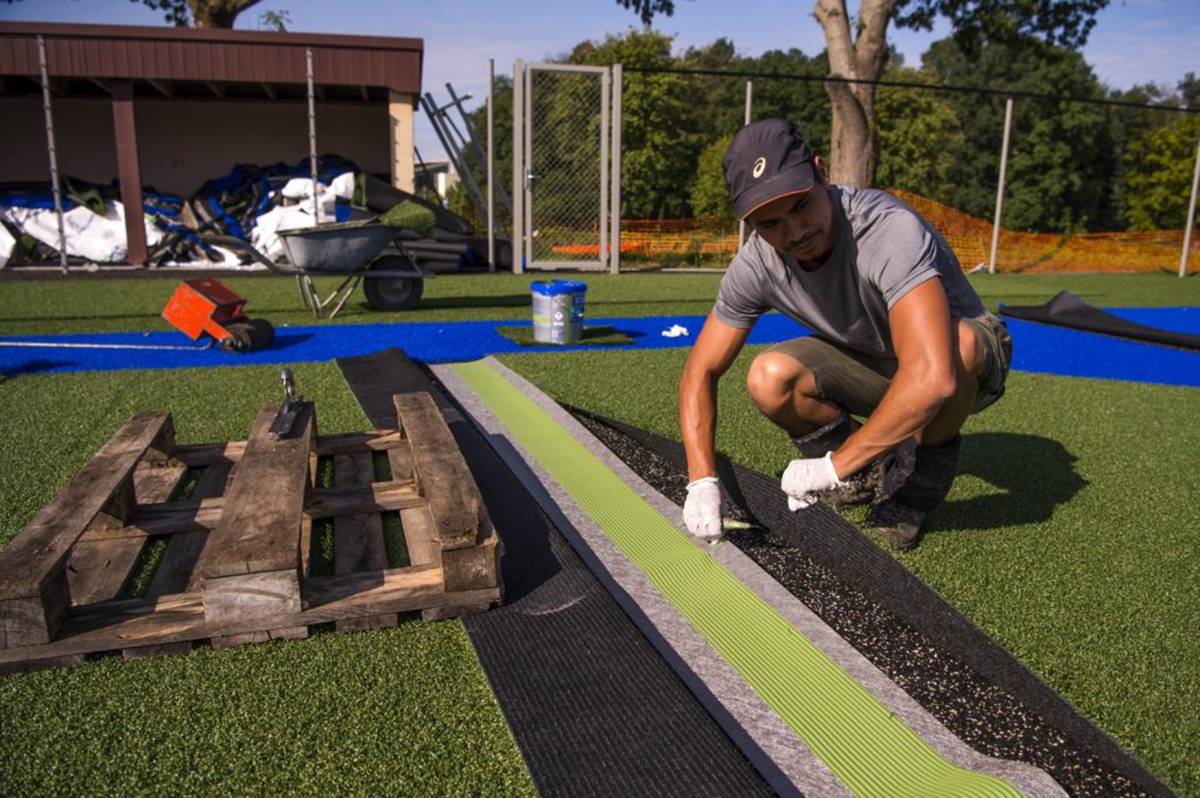
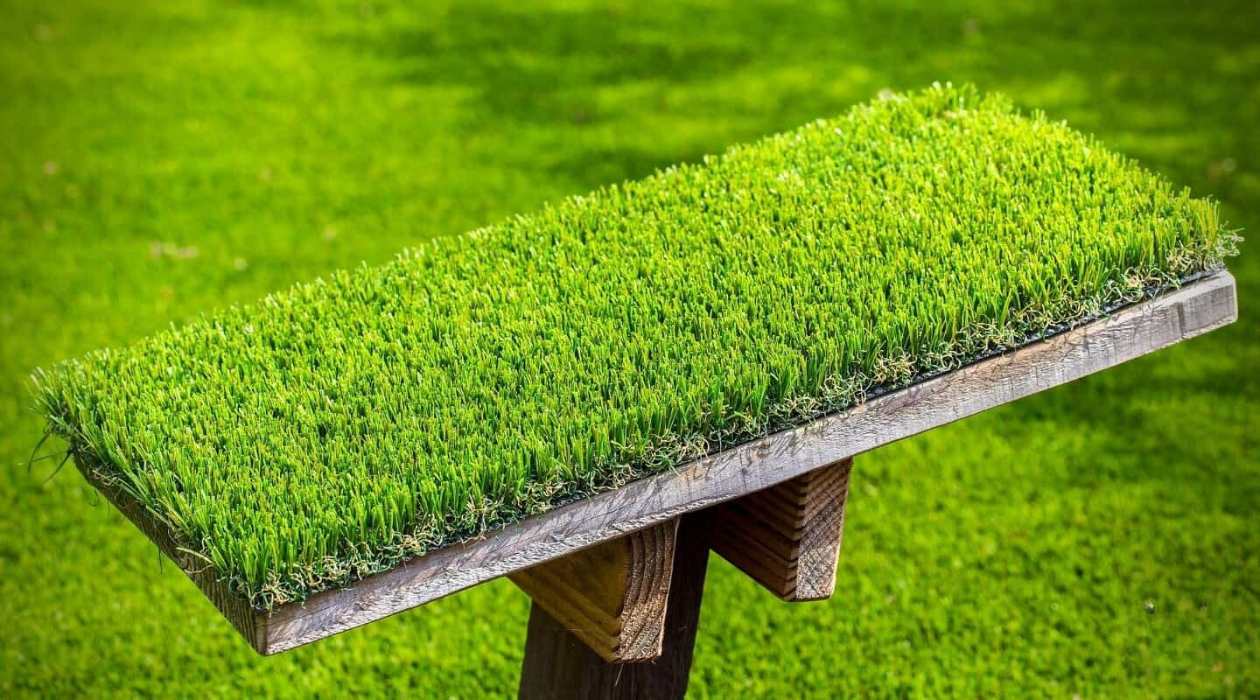
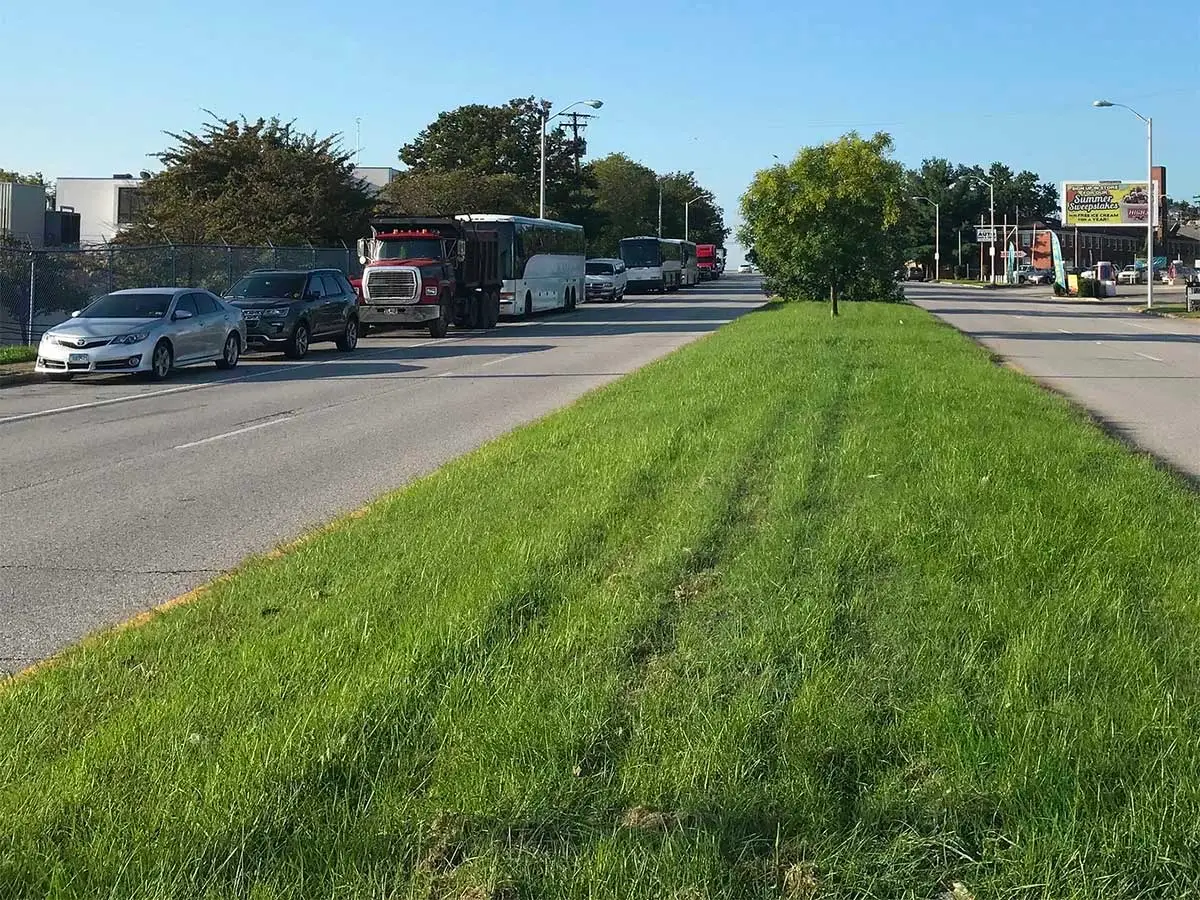
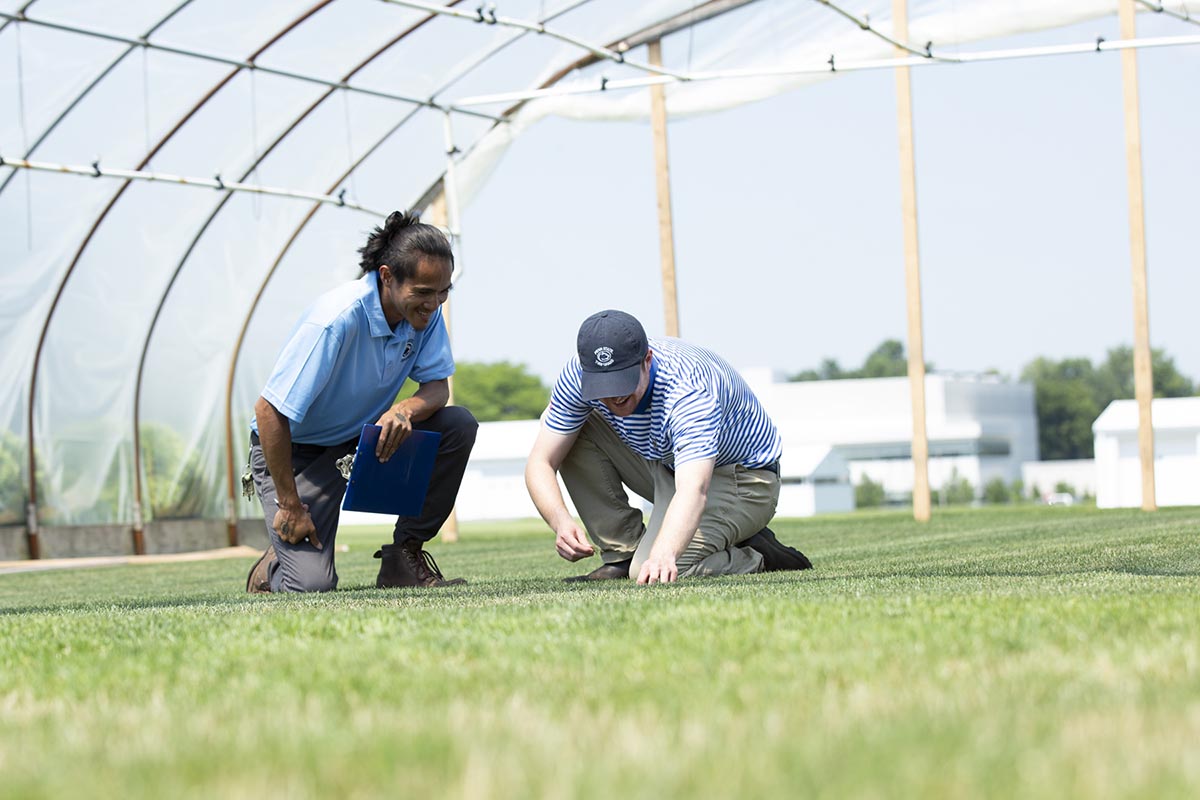

0 thoughts on “What Are The Synthetic Turf Grass Problems”